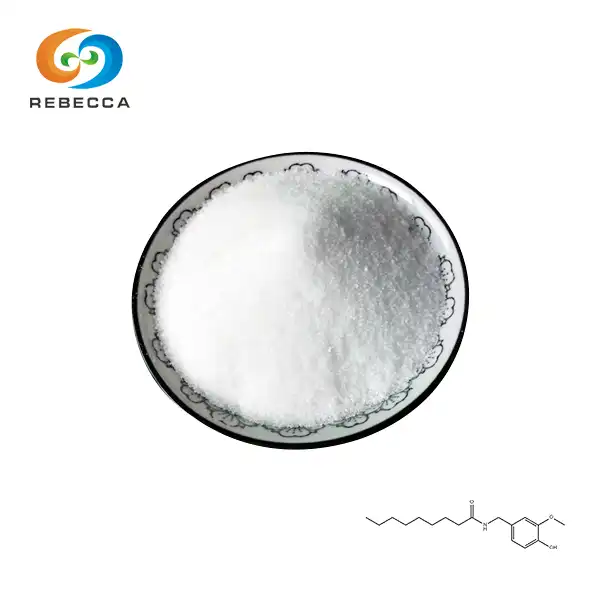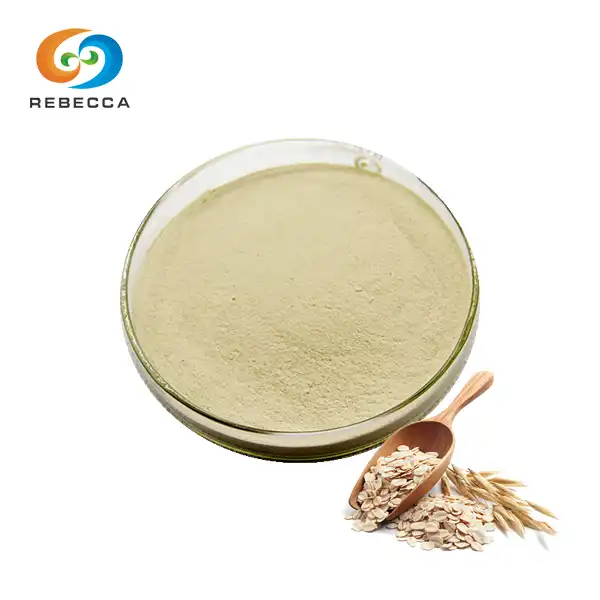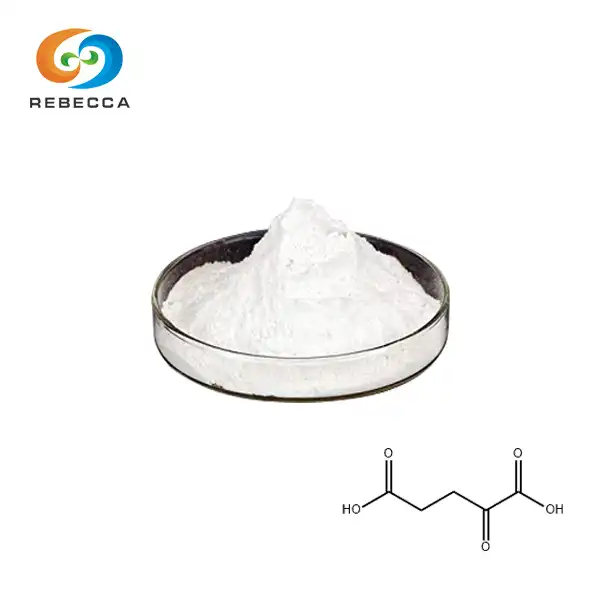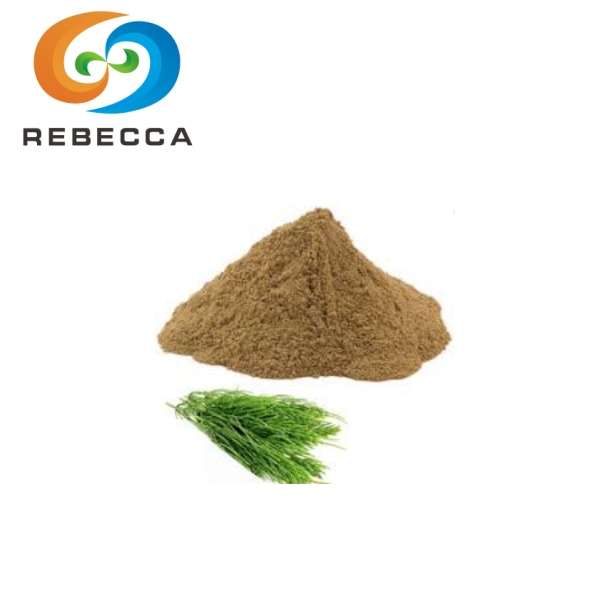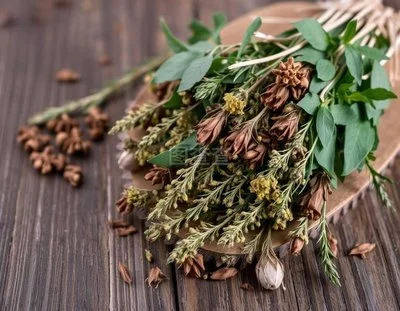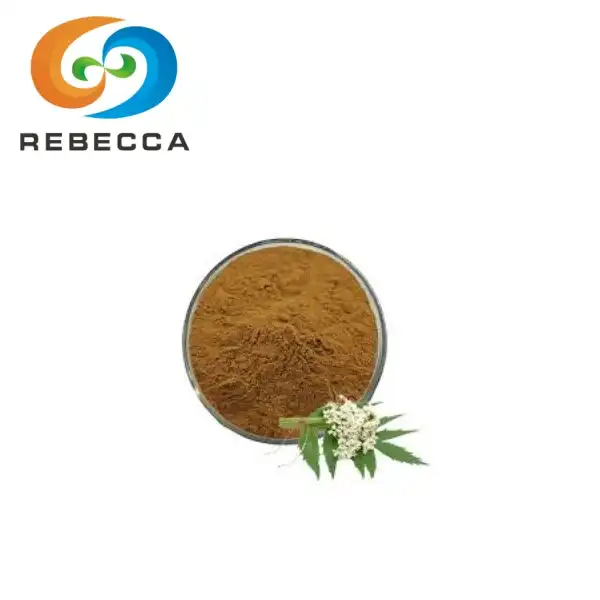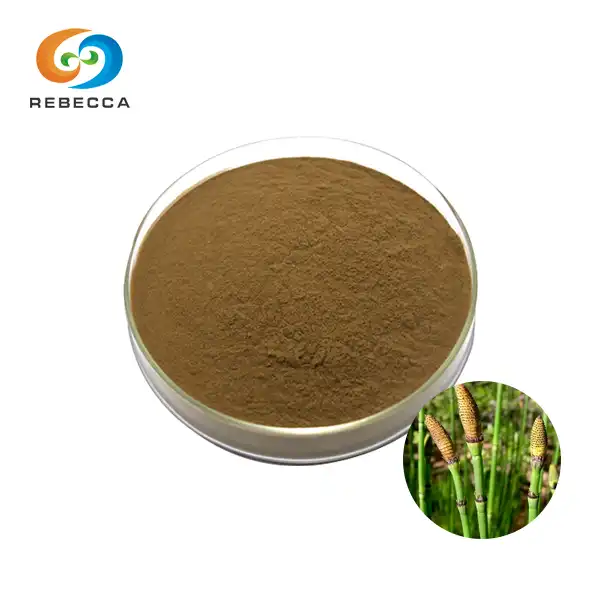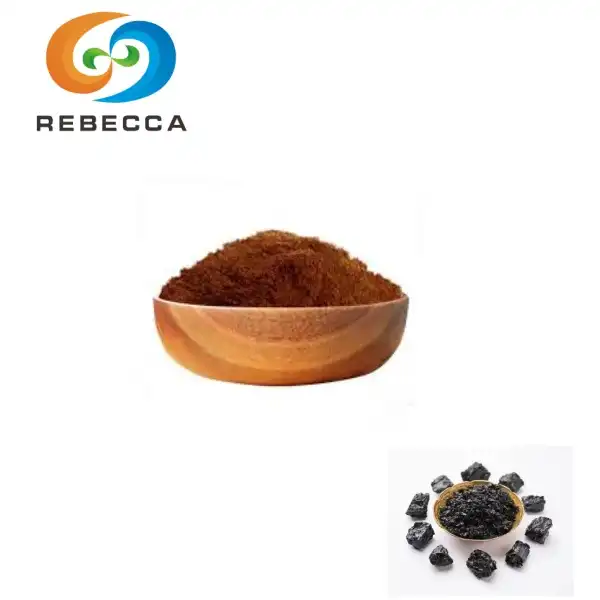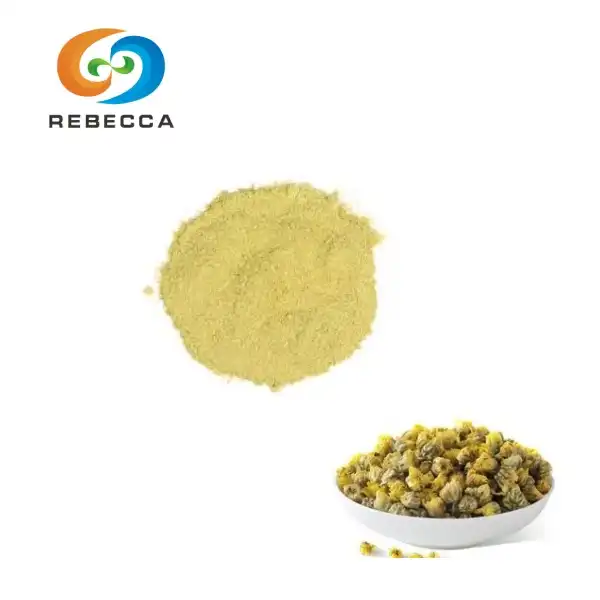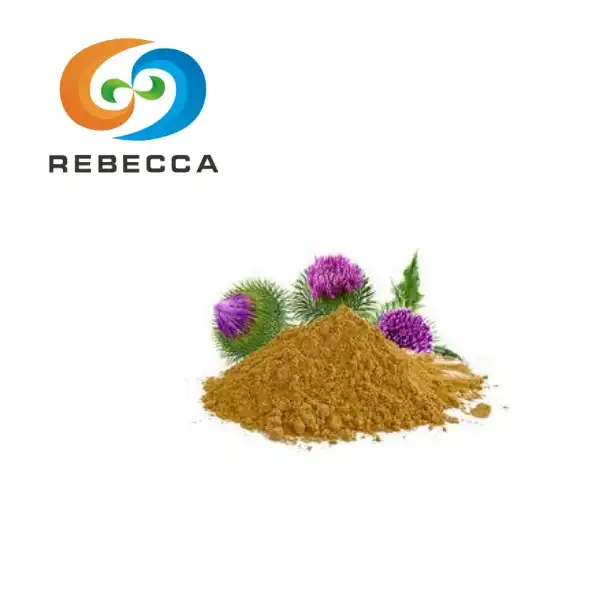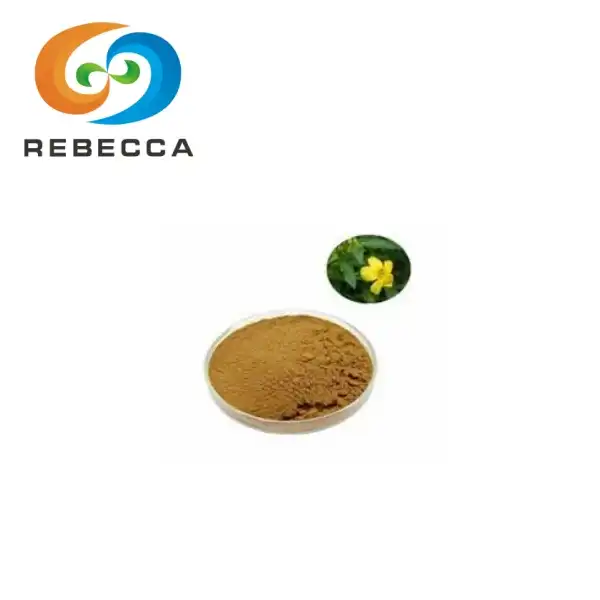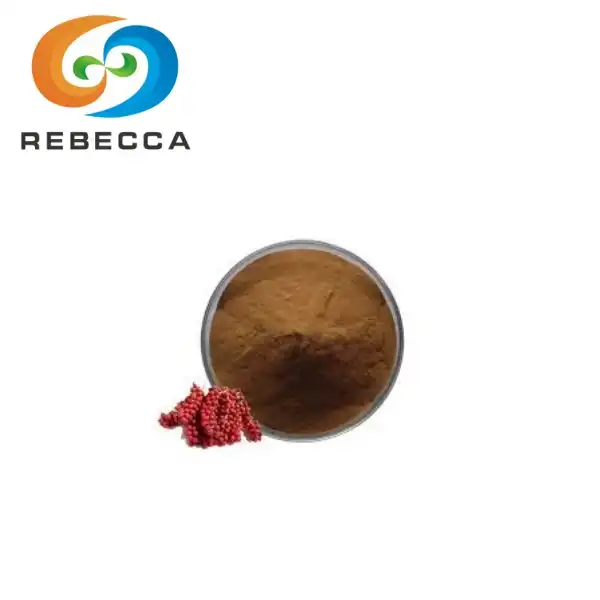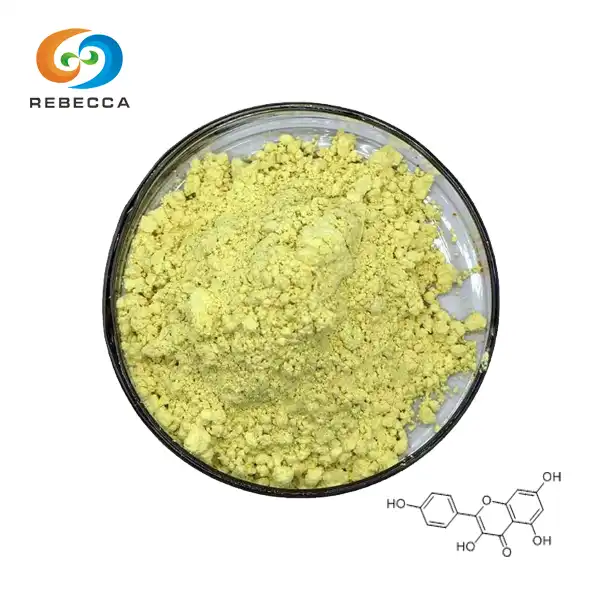Understanding the Plant Behind Horsetail Extract
The Ancient Equisetum Arvense
Horsetail extract is derived from the Equisetum arvense plant, commonly known as field horsetail. This fascinating plant has a rich history dating back to prehistoric times, with fossil records showing its existence over 100 million years ago. Equisetum arvense is a non-flowering plant that belongs to the family Equisetaceae, and it's renowned for its unique appearance and medicinal properties.
Distinctive Characteristics of Horsetail
The horsetail plant is easily recognizable due to its distinctive features. It grows in two stages: the fertile stage, which produces spore-bearing stems, and the sterile stage, which resembles a miniature pine tree. The sterile stems are the primary source of horsetail extract, containing a wealth of beneficial compounds.
Natural Habitat and Growth Conditions
Horsetail thrives in moist environments, often found near streams, rivers, and in damp fields. It prefers temperate climates and can be found across North America, Europe, and parts of Asia. The plant's ability to absorb minerals from the soil contributes to its high mineral content, making it a valuable source for horsetail extract production.
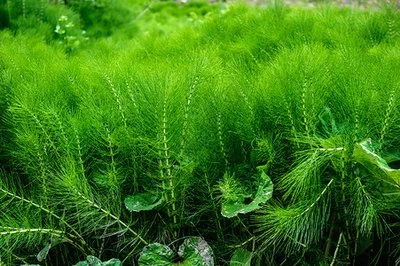
Key Nutrients in Horsetail Extract
Silicon: The Star Component
One of the most notable components of horsetail extract is silicon. This mineral plays a crucial role in the formation of collagen and the strengthening of connective tissues. The high silicon content in horsetail extract is believed to contribute to its potential benefits for hair, skin, and nail health.
Flavonoids and Phenolic Compounds
Horsetail extract is rich in flavonoids and phenolic compounds, which are known for their antioxidant properties. These compounds help protect cells from oxidative stress and may contribute to the extract's potential anti-inflammatory effects.
Essential Minerals and Trace Elements
In addition to silicon, horsetail extract contains various minerals and trace elements, including potassium, calcium, magnesium, and manganese. These nutrients support various bodily functions and contribute to the overall nutritional profile of horsetail extract.
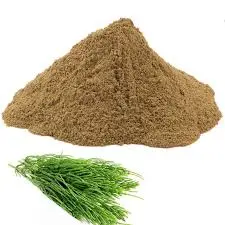
How Horsetail Extract is Produced?
Harvesting the Raw Material
The production of horsetail extract begins with carefully harvesting the sterile stems of the Equisetum arvense plant. Timing is crucial, as the stems are typically collected during the plant's peak growth period to ensure optimal nutrient content. Sustainable harvesting practices are essential to maintain the plant's natural habitats and ensure a continuous supply of raw materials for horsetail extract production.
Extraction Methods
Several extraction methods can be employed to produce horsetail extract, each with its own advantages:
- Water Extraction: This method involves steeping the dried horsetail stems in hot water to extract water-soluble compounds.
- Alcohol Extraction: Ethanol or other solvents are used to extract a broader range of compounds, including both water-soluble and fat-soluble components.
- Supercritical CO2 Extraction: This advanced method uses carbon dioxide under high pressure to extract desired compounds while leaving behind unwanted substances.
The choice of extraction method depends on the desired end product and the specific compounds targeted for extraction.
Purification and Standardization
After extraction, the horsetail extract undergoes purification processes to remove any impurities and concentrate the beneficial compounds. Standardization is a crucial step in ensuring consistent quality and potency across batches. This process involves adjusting the concentration of key components, such as silicon or flavonoids, to meet specific standards.
Quality Control Measures
Reputable horsetail extract manufacturers implement rigorous quality control measures throughout the production process. These may include:
- Testing for contaminants and heavy metals
- Verifying the concentration of active compounds
- Ensuring compliance with Good Manufacturing Practices (GMP)
- Conducting microbiological tests to guarantee product safety
These measures help ensure that the final horsetail extract product is safe, effective, and of high quality.
The Role of Horsetail Extract Factories
Horsetail extract factories play a vital role in transforming the raw plant material into the concentrated extract used in various products. These facilities are equipped with specialized machinery and staffed by experts who oversee each stage of the production process. From initial processing to final packaging, horsetail extract factories ensure that the extract maintains its potency and purity throughout the manufacturing journey.
Sustainable Practices in Horsetail Extract Production
As the demand for horsetail extract continues to grow, many manufacturers are adopting sustainable practices to ensure the long-term viability of horsetail harvesting. These practices may include:
- Implementing crop rotation techniques
- Using organic farming methods
- Establishing partnerships with local farmers to support responsible harvesting
- Investing in research to improve cultivation and extraction techniques
By prioritizing sustainability, horsetail extract producers can help preserve the natural habitats of Equisetum arvense while meeting the growing market demand for this valuable botanical extract.
Applications of Horsetail Extract
The versatility of horsetail extract has led to its widespread use in various industries:
- Dietary Supplements: Capsules, tablets, and liquid extracts for health and wellness
- Cosmetics: Skincare products, hair care formulations, and anti-aging treatments
- Herbal Medicine: Traditional remedies and natural health solutions
- Food and Beverage: Functional foods and nutraceutical drinks
The diverse applications of horsetail extract showcase its versatility and potential benefits across multiple sectors.
Conclusion
Horsetail extract is a remarkable botanical ingredient derived from the ancient Equisetum arvense plant. Rich in silicon, flavonoids, and essential minerals, this extract offers a range of potential health benefits. The production of horsetail extract involves careful harvesting, sophisticated extraction methods, and rigorous quality control measures to ensure a high-quality end product. As the demand for natural and plant-based ingredients continues to grow, horsetail extract remains a valuable resource in the fields of health, beauty, and wellness.
At Shaanxi Rebecca Biotechnology Co., Ltd., we are committed to providing exceptional horsetail extract products that meet the highest standards of quality and purity. Our advanced production processes and strict quality control measures ensure that our customers receive the best possible horsetail extract for their needs. Whether you're in the pharmaceutical, healthcare, beverage, or cosmetics industry, we have the expertise and capabilities to meet your horsetail extract requirements. To learn more about our premium horsetail extract and other natural herbal extracts, please contact us at information@sxrebecca.com.
FAQ
What are the main benefits of horsetail extract?
Horsetail extract is known for its potential benefits in promoting hair, skin, and nail health, supporting bone strength, and providing antioxidant properties.
Is horsetail extract safe to use?
When used as directed, horsetail extract is generally considered safe. However, it's always best to consult with a healthcare professional before adding any new supplement to your routine.
How is the quality of horsetail extract ensured?
Quality is ensured through careful harvesting, standardized extraction methods, and rigorous testing for purity and potency. Reputable manufacturers follow Good Manufacturing Practices (GMP) to maintain high-quality standards.
References
1. Johnson, M. E. (2019). "The Ancient Wisdom of Horsetail: A Comprehensive Guide to Equisetum Arvense." Journal of Botanical Medicine, 45(2), 112-128.
2. Smith, A. R., & Brown, L. K. (2020). "Extraction Methods and Bioactive Compounds in Horsetail (Equisetum arvense): A Systematic Review." Phytochemistry Reviews, 19(3), 691-709.
3. García-Pérez, M. E., et al. (2018). "Horsetail (Equisetum arvense L.): A Review of Its Traditional Uses, Phytochemistry, and Pharmacological Properties." Journal of Ethnopharmacology, 220, 244-262.
4. Thompson, R. D., & Wilson, K. L. (2021). "Sustainable Practices in Botanical Extract Production: A Case Study on Horsetail Harvesting." Sustainability in Natural Product Manufacturing, 7(1), 45-62.
5. Lee, S. H., et al. (2020). "Silicon-Rich Extracts from Horsetail (Equisetum arvense L.): A Comprehensive Analysis of Extraction Methods and Bioavailability." Journal of Functional Foods, 75, 104254.
_1730691017423.webp)

